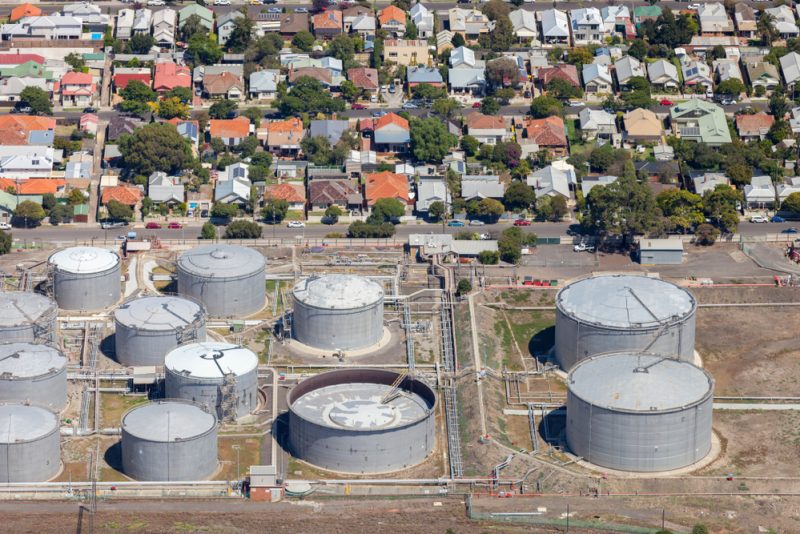- Traditionally a no-go zone for homeowners and investors alike, ‘industrial lifestyle precincts’ have driven a new wave of residential property demand, according to an aget
- Lifestyle industrial refers to existing industrial sheds and new industrial projects that are being used by lifestyle companies rather than heavy industrial applications
- Lifestyle industrial, according to Herron Todd White’s Chris McKillop, has meant once shunned areas are now in favour
- According to Mr McKillop, depending on local government guidelines, industrial sheds can include caretaker units
Traditionally a no-go zone for homeowners and investors alike, ‘industrial lifestyle precincts’ have driven a new wave of residential property demand.
According to Chris McKillop, commercial director at Herron Todd White, the rise of ‘Lifestyle Industrial’ is transforming the look of desirable residential markets across the country, creating a golden opportunity for homeowners and investors.
Lifestyle industrial refers to existing industrial sheds and new industrial projects that are being used by lifestyle companies rather than heavy industrial applications, and they are attracting both inhabitants and visitors.
“Lifestyle industrial sees sheds moving away from their traditional use for businesses like smash repair shops, spray painters and steel fabricators, and towards more resident-friendly operations such as microbreweries, high-quality restaurants, cafes, hairdressers and florists,” Mr McKillop said.
“Some have even become live music venues fronting retail clothing outlets, gyms and sporting venues.”
Lifestyle industrial, according to Mr McKillop, has meant once shunned areas are now in favour.
“Historically, being near industrial property was an absolute no-go for residents with claims of noise, smell and heavy-use activity being a turn off,” he said.
“But these new precincts are now being embraced by residents, with flow on benefits for their property values – some are even choosing to live within the industrial hubs themselves.”
According to Mr McKillop, depending on local government guidelines, industrial sheds can include caretaker units.
“In some cases, these are being bought by homeowners – particularly those who need additional space for parking, general storage or to operate their own business.
“We’re seeing homeowners buy these sheds so they can own a decent sized living area and huge additional space for, say, $800,000 in a location where houses cost around $1 million.
“The popularity of lifestyle industrial is seeing an uptick in investor interest too.
“They can buy these investments for sub-$500,000 and they’ll get a five per cent net rental return, because the tenant typically pays all the outgoings. There are definitely more investors starting to creep into the space now.”
COVID-19-induced lifestyle expenditures such as boats, jet skis, and caravans are also fuelling demand for small scale warehouse spaces as owners search for a place to keep their new possessions.
“For those contemplating a home unit in a lifestyle industrial precinct, make sure you check the area’s zoning so you’re not near heavy industry users,” Mr McKilliop said.
“Also, make sure your caretaker’s unit is approved for habitation and not simply an office space.”

